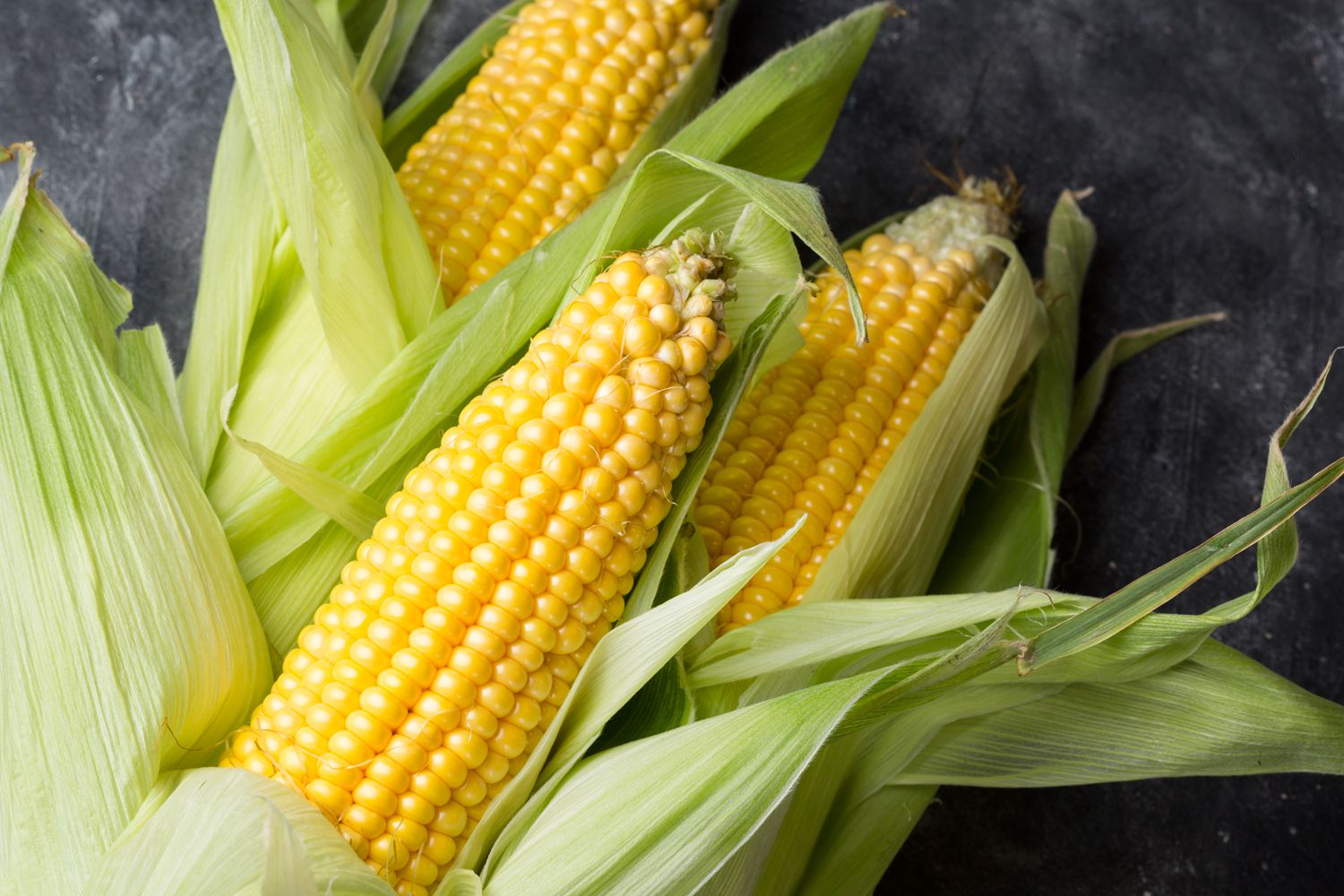

Articles
How To Store Corn After Harvest
Modified: October 20, 2024
Learn the best methods for storing corn after harvest to ensure its freshness and flavor with our helpful articles.
(Many of the links in this article redirect to a specific reviewed product. Your purchase of these products through affiliate links helps to generate commission for Storables.com, at no extra cost. Learn more)
Introduction
Harvesting corn is an exciting time for farmers and gardeners alike. However, the work doesn’t end there. Once corn has been harvested, it is crucial to store it properly to maintain its quality and maximize its shelf life. Storing corn after harvest requires proper planning, preparation, and monitoring to prevent spoilage and ensure that the corn remains fresh and flavorful for an extended period of time.
There are several factors to consider before harvesting corn, such as weather conditions, maturity of the corn, and storage facilities available. By understanding these factors and following best practices, you can enhance the quality and longevity of your stored corn.
In this article, we will discuss the various factors to consider before harvesting corn, the best practices for harvesting corn, how to prepare corn for storage, different methods and options for storing corn, monitoring and maintenance of stored corn, as well as some helpful tips for proper corn storage. We will also address common issues that may arise during the storage process and provide troubleshooting suggestions.
Whether you are a commercial farmer looking to store a large quantity of corn or a home gardener with a surplus crop, this comprehensive guide will provide you with the information you need to effectively store corn after harvest. By implementing the strategies and tips outlined in this article, you can ensure that your corn stays fresh and delicious, preserving its flavor and nutritional value for months to come.
Key Takeaways:
- Properly preparing and monitoring corn storage is essential for preserving its quality and flavor. Factors such as weather conditions, corn maturity, and storage methods play a crucial role in successful corn storage.
- Regular inspection, proper ventilation, and temperature control are key to maintaining the freshness and nutritional value of stored corn. Understanding common issues and troubleshooting methods are vital for successful corn storage.
Read more: How To Store Watermelon After Harvest
Factors to Consider Before Harvesting Corn
Before harvesting corn, it is essential to consider several factors that can significantly impact the quality and yield of the crop. By assessing these factors, you can determine the optimal time to harvest the corn and ensure that it is in the best possible condition for storage. Here are some key factors to consider:
- Weather conditions: Weather plays a crucial role in determining the ideal time for harvesting corn. It is essential to monitor weather patterns and avoid harvesting during wet or humid conditions, as this can increase the risk of mold formation and spoilage. Additionally, extremely hot or dry weather can lead to moisture loss in the corn, negatively affecting its quality.
- Corn maturity: The maturity stage of the corn is another significant factor to consider before harvesting. Corn should be harvested when it reaches the desired moisture content and maturity level. Harvesting too early can result in corn that is underdeveloped and lacking in flavor, while harvesting too late can lead to excessive moisture content and reduced storage life.
- Storage facilities: Before harvesting, it is essential to assess the availability and condition of your storage facilities. Ensure that your storage areas are clean, dry, and properly equipped to handle the quantity of corn you plan to store. Adequate ventilation and temperature control are also crucial for maintaining the quality of the stored corn.
- Pest and disease management: Before harvesting, it is crucial to evaluate the pest and disease situation in your cornfield. If there are signs of infestation or disease, it may be necessary to take appropriate measures such as applying insecticides or fungicides to minimize damage to the crop. Harvesting healthy, disease-free corn will lead to better storage outcomes.
- Corn quality and condition: Assess the overall quality and condition of the corn before harvesting. Look for signs of damage or stress, such as broken stalks or insect damage. Healthy, undamaged corn will have a longer storage life and better resistance to spoilage.
- Harvesting equipment and methods: Ensure that your harvesting equipment is in good working condition and properly calibrated. Choosing the right harvesting method, such as using mechanical combines or hand-picking, will depend on the scale of your operation and the condition of the corn.
By carefully considering these factors before harvesting corn, you can optimize the quality and shelf life of the stored crop. Proper planning and preparation will contribute to a successful harvest and a bountiful supply of corn for future use.
Harvesting Corn: Best Practices
Harvesting corn is a critical step in the process of bringing your crop to its full potential. To ensure a successful harvest and maintain the quality of your corn, it’s important to follow some best practices. Here are some key guidelines to consider:
- Timing is crucial: Harvesting corn at the right time is essential for optimum flavor, texture, and nutritional value. Corn should be harvested when the kernels are fully developed and the moisture content is around 20-25%. To determine the readiness of the corn for harvest, you can perform a simple “thumb test” – when pressing your thumbnail into a kernel, if it releases a clear, milky liquid, it is ready for harvest.
- Harvesting during dry weather: It’s best to harvest corn during drier weather conditions when the stalks and ears are dry. Wet stalks and ears can lead to increased mold and spoilage during storage. Avoid harvesting immediately after rain or when there is morning dew on the plants.
- Using appropriate harvesting equipment: Depending on the size of your operation, you can choose between hand-picking or using mechanical harvesting equipment such as a combine. Mechanical harvesters can efficiently strip the kernels from the cobs and separate the grain from the stalk, reducing manual labor and increasing productivity.
- Proper handling and transportation: Handle harvested corn with care to avoid damage and injury. Use containers or bins that are clean and free from contaminants. If using machinery to transport the corn, ensure that it is done gently to prevent unnecessary bruising or kernel damage.
- Field cleanliness: Maintaining a clean harvesting environment is crucial to prevent the contamination of corn. Remove any debris such as rocks, weeds, or plant material from the harvested corn. This will reduce the risk of pests and disease and contribute to overall better quality.
Adhering to these best practices will not only result in a successful corn harvest but will also contribute to the quality and longevity of the stored corn. By harvesting at the right time, utilizing appropriate equipment, and practicing proper handling and transportation, you can ensure that your corn maintains its freshness and flavor throughout the storage period.
Preparing Corn for Storage
Properly preparing corn for storage is crucial to maintain its quality and prevent spoilage. Here are some essential steps to follow when preparing corn for storage:
- Dry the corn: Before storing corn, it is important to dry it properly to reduce the moisture content. Excess moisture can lead to mold growth and spoilage. Air drying is the most common method used, where the corn is spread out on a clean, dry surface in a well-ventilated area. It is recommended to dry the corn until the moisture content is around 14-15% for optimal storage.
- Remove husks and silks: Husks and silks can trap moisture and contribute to the growth of molds and fungi. It is advisable to remove the husks and silks from the corn cobs before storing them. Simply peel back the husks and remove the silks by hand or use a brush to gently remove them. This will help improve airflow and reduce the chances of spoilage.
- Inspect for damaged or diseased kernels: Before storing, inspect the corn cobs for any damaged or diseased kernels. Remove any kernels that are discolored, moldy, or show signs of infestation. Damaged or diseased kernels can spread and contaminate the whole batch, so it is important to remove them to maintain the quality of the stored corn.
- Sort and grade the corn: Sort the corn cobs based on size and quality. Separate the larger and healthier cobs from the smaller or damaged ones. This will allow for better monitoring and management during storage. You can also grade the corn based on its quality or intended use to ensure that it is stored appropriately.
- Consider treating the corn: To further prevent insect infestation and fungal growth, you may consider treating the corn with appropriate pesticides or insecticides. Consult with a local agricultural expert for advice on suitable treatments and ensure that you follow all safety precautions and guidelines.
By following these steps to prepare corn for storage, you can significantly reduce the risk of spoilage and maintain the quality of the corn throughout its storage period. Proper drying, removal of husks and silks, inspection and sorting, and potential treatment will help ensure that your stored corn remains fresh and free from pests and diseases.
Storing Corn: Methods and Options
Once corn has been properly prepared, it is time to store it in a suitable environment to maintain its quality and freshness. There are several methods and options available for storing corn. Here are some commonly used ones:
- Storage bins or silos: Storage bins or silos are often used for storing large quantities of corn. These structures provide a controlled environment with proper ventilation and temperature control. Corn can be stored in bulk, and it can be easily monitored and accessed for usage or sale. It is important to maintain cleanliness, regularly inspect for signs of spoilage, and practice proper aeration and ventilation when using storage bins or silos.
- Grain bags: Grain bags, or silage bags, are an alternative option for storing corn. These large plastic bags can hold several tons of corn and provide protection from moisture and pests. Grain bags are an affordable and flexible storage solution, particularly for smaller-scale operations. However, proper sealing is crucial to prevent oxygen and moisture from entering the bags.
- Dry storage containers: Dry storage containers, such as bins or barrels, can be used for smaller quantities of corn. These containers should be clean, dry, and well-sealed to keep out moisture and pests. It is important to regularly check the condition of the containers and monitor for any signs of spoilage or pest activity.
- Freezer storage: If you have a surplus of corn and want to extend its shelf life, freezing is an option. Before freezing, blanch the corn by boiling it briefly and then cooling it rapidly. Once blanched, the corn can be divided into portions and placed in airtight freezer bags or containers. Freezing helps preserve the flavor and texture of the corn for an extended period.
When choosing a storage method, consider the quantity of corn you need to store, the available storage space, and the duration for which you plan to store the corn. Each method has its advantages and disadvantages, so it’s important to select the one that best suits your needs and ensures the preservation of the corn’s quality.
Regardless of the storage method chosen, it is crucial to regularly inspect the stored corn for any signs of spoilage, pests, or changes in moisture content. This will allow you to take immediate action if any issues arise and prevent further damage to the stored corn.
Remember to label the stored corn with the date of storage to keep track of its freshness, and rotate your stock to ensure that older corn is used first. By implementing proper storage methods and monitoring techniques, you can enjoy fresh and high-quality corn for an extended period after harvest.
After harvesting, store corn in a cool, dry place with good air circulation to prevent mold and spoilage. Remove husks and store in airtight containers or freezer bags for longer shelf life.
Read more: How To Store Peppers After Harvest
Monitoring and Maintenance of Stored Corn
Proper monitoring and maintenance of stored corn are crucial to ensure its longevity and prevent spoilage. As corn is stored, it is important to regularly check its condition and take necessary measures to maintain its quality. Here are some key steps for monitoring and maintaining stored corn:
- Temperature control: Corn should be stored in a cool and dry environment. It is recommended to maintain a temperature between 50-60°F (10-15°C) to minimize the risk of mold growth and insect activity. Regularly monitor the temperature using a thermometer and make adjustments if necessary.
- Moisture level: Proper moisture content is crucial for corn storage. Excess moisture can lead to mold development and spoilage. Monitor the moisture content regularly using a moisture meter to ensure it remains within the recommended range (around 14-15%). If the moisture level exceeds this range, consider using a dryer or implementing additional ventilation to reduce moisture content.
- Aeration and ventilation: Proper airflow is essential to prevent the buildup of heat and moisture within the stored corn. Use ventilation systems or fans to promote air circulation and reduce the risk of condensation. Open storage bins or silos periodically to provide fresh air to the corn. Avoid overfilling storage containers to allow for proper airflow.
- Pest control: Regularly inspect stored corn for any signs of pests such as insects, rodents, or birds. Implement pest control measures such as using insecticides or traps as needed. Keep the storage area clean and free from debris that could attract pests. If pest problems persist, consult with a professional pest control service for guidance.
- Regular inspection: Regularly inspect the stored corn for any signs of spoilage, mold, or changes in color or texture. Check for any temperature variations or unusual odors. Immediately remove any damaged or spoiled corn to prevent the spread of contaminants. Maintain a record of inspections to track any patterns or issues that may arise.
- Periodic turning or mixing: If storing corn in bulk, consider periodically turning or mixing the corn to ensure even airflow and temperature distribution. This helps prevent the formation of hot spots or areas of high moisture content. Stirring the corn gently every few weeks can help avoid clumping and improve overall corn quality.
By diligently monitoring and maintaining stored corn, you can detect any issues early on and take appropriate actions to preserve its quality. Promptly address any moisture or temperature fluctuations, control pests, and remove any spoiled corn to prevent further contamination. With proper care and maintenance, your stored corn can maintain its freshness, flavor, and nutritional value for an extended period.
Tips for Proper Corn Storage
Proper corn storage is essential for preserving its quality and ensuring that it remains fresh and flavorful. Here are some important tips to keep in mind when storing corn:
- Choose the right storage method: Select a storage method that suits the quantity of corn you have and the duration of storage. Consider factors such as available space, temperature control capabilities, and ease of monitoring.
- Properly prepare the corn: Dry the corn thoroughly before storage to reduce its moisture content and minimize the risk of mold or spoilage. Remove husks and silks to improve airflow and prevent moisture buildup.
- Monitor moisture and temperature: Regularly check the moisture content and temperature of the stored corn. Aim for a moisture content of around 14-15% and a temperature between 50-60°F (10-15°C). Adjust ventilation or use a dehumidifier if necessary.
- Avoid moisture and condensation: Prevent the introduction of excess moisture into the storage area. Avoid storing corn in humid environments or near water sources. Monitor for condensation on walls or containers and address it immediately to prevent mold growth.
- Maintain cleanliness: Keep the storage area clean and free from debris, pests, and weeds. Regularly inspect for signs of pests and take appropriate measures for control. Clean storage containers or bins before use to prevent contamination.
- Practice first in, first out (FIFO): Implement a system of rotating your corn stock. Use older corn first to ensure freshness and minimize the risk of spoilage. Label and track the storage date of each batch of corn.
- Monitor for signs of spoilage: Regularly inspect the stored corn for any signs of mold, pests, or unusual odors. Remove any damaged or spoilt corn immediately to prevent the spread of contaminants.
- Consider freezing or canning: If you have an excess of corn, consider preserving it through freezing or canning. Blanch and freeze corn to lock in its freshness, or can it for long-term storage.
- Invest in quality storage containers: Use durable and airtight containers or bags for storing smaller quantities of corn. Ensure that they are properly sealed to prevent moisture and pest infiltration.
- Regularly rotate and mix bulk corn: If storing corn in bulk, periodically rotate or mix it to promote even airflow and temperature distribution. This prevents the formation of hot spots or areas of high moisture content.
By following these tips, you can maintain the quality and freshness of your stored corn for an extended period. Proper storage practices ensure that your corn remains delicious and ready to use whenever you need it.
Common Issues and Troubleshooting
Storing corn can come with its fair share of challenges. Here are some common issues that may arise during corn storage and troubleshooting tips to address them:
- Mold or fungal growth: Mold can develop if the corn is stored with excessive moisture. To address this issue, ensure proper ventilation and airflow in the storage area. Consider using fans or heaters to regulate temperature and reduce moisture levels. Additionally, inspect the corn before storage and remove any damaged kernels to prevent the spread of mold.
- Pest infestation: Insects and rodents can be a common issue in corn storage. To control pests, practice good sanitation by keeping the storage area clean and free from debris. Regularly inspect for signs of pests and consider using traps or appropriate insecticides. Properly sealing containers and using pest-proof storage options can also help prevent infestations.
- Temperature fluctuations: Rapid temperature changes can affect the quality and shelf life of stored corn. To mitigate temperature fluctuations, ensure proper insulation and temperature control in the storage area. Avoid storing corn in areas exposed to direct sunlight or extreme temperature variations, such as near heating or cooling sources.
- Condensation: Condensation can occur when moist air comes into contact with cooler surfaces, leading to moisture buildup and potential mold growth. To prevent condensation, ensure proper ventilation and airflow in the storage area. Monitor for condensation on walls, containers, or bags and promptly address it by improving ventilation or using dehumidifiers if necessary.
- Spoilage: Properly dried and prepared corn can still spoil if it is not stored under optimal conditions. Regularly inspect the corn for any signs of spoilage such as off smells, slimy texture, or unusual discoloration. Immediately remove any spoiled corn to prevent contamination of the rest of the stored crop.
- Loss of flavor and texture: Improper storage conditions can lead to a loss of flavor and texture in corn. To maintain the best quality, ensure a cool and dry storage environment. Avoid storing corn near strong-smelling or ethylene-producing fruits and vegetables, as they can affect the flavor of the corn. Use proper storage containers to preserve the natural taste and texture of the corn.
By being vigilant and addressing these common issues promptly, you can overcome challenges in corn storage and ensure that your corn remains fresh and high-quality throughout its storage period.
Conclusion
Storing corn after harvest is a crucial step in preserving its quality, flavor, and nutritional value. By considering factors such as weather conditions, corn maturity, and storage facilities before harvesting, you can set the stage for successful storage. Following best practices during harvesting, such as timing the harvest, using appropriate equipment, and proper handling, ensures optimal corn quality before storage.
Preparing corn for storage involves drying it to the appropriate moisture content, removing husks and silks, inspecting for damaged kernels, and grading the corn to facilitate effective storage. Choosing the right storage method, such as storage bins, grain bags, dry containers, or freezing, depends on the quantity of corn and your available resources.
Monitoring and maintenance are crucial for storing corn. Regularly monitoring temperature, moisture levels, and signs of spoilage ensures effective storage conditions. Proper ventilation, pest control, cleanliness, regular inspections, and rotation of stock are essential for maintaining corn’s freshness and quality.
Understanding common issues that may arise during corn storage, such as mold growth, pest infestation, temperature fluctuations, condensation, spoilage, and loss of flavor and texture, allows for prompt troubleshooting and prevention measures.
In conclusion, by implementing the tips and best practices outlined in this article, you can successfully store corn after harvest. With proper planning, preparation, monitoring, and maintenance, you can enjoy the benefits of fresh and flavorful corn for an extended period. Whether you are a commercial farmer or a home gardener, taking the time to store corn properly will ensure its longevity and enhance your culinary experiences throughout the year.
Frequently Asked Questions about How To Store Corn After Harvest
Was this page helpful?
At Storables.com, we guarantee accurate and reliable information. Our content, validated by Expert Board Contributors, is crafted following stringent Editorial Policies. We're committed to providing you with well-researched, expert-backed insights for all your informational needs.
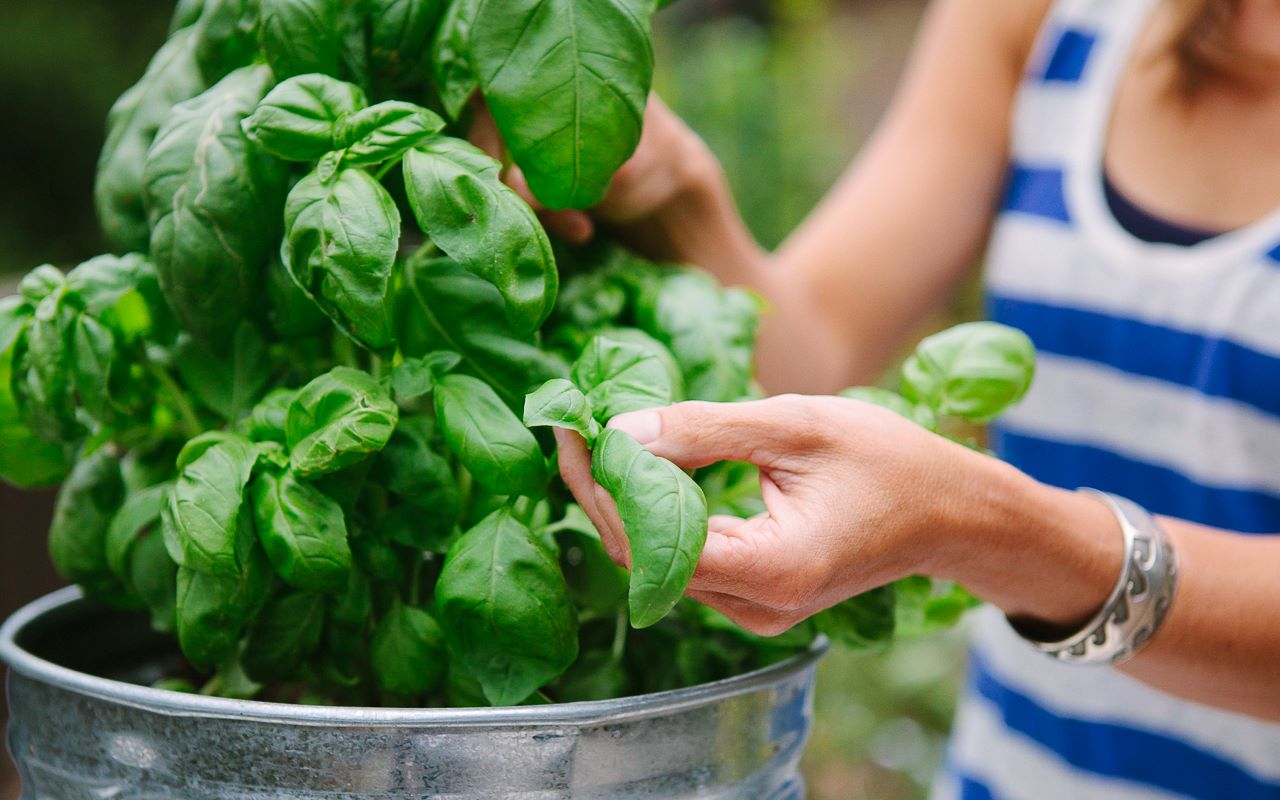
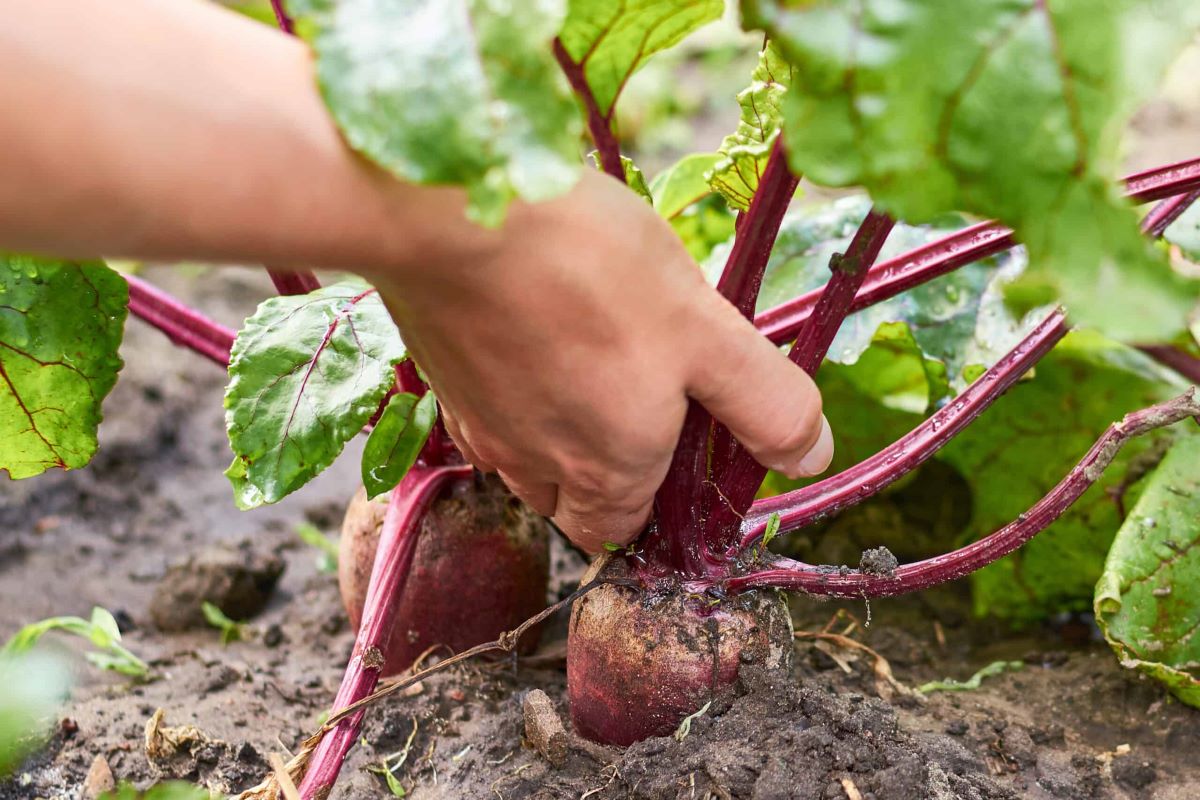
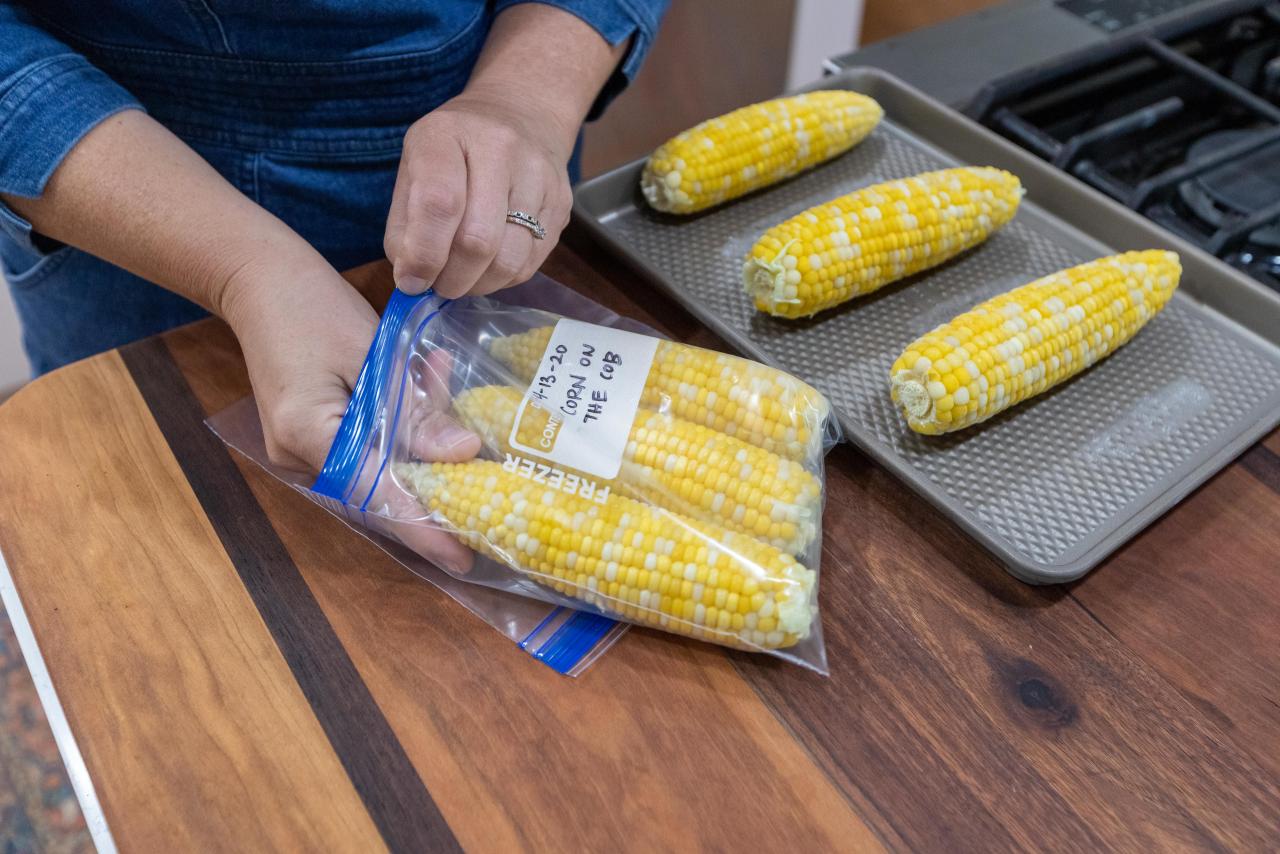
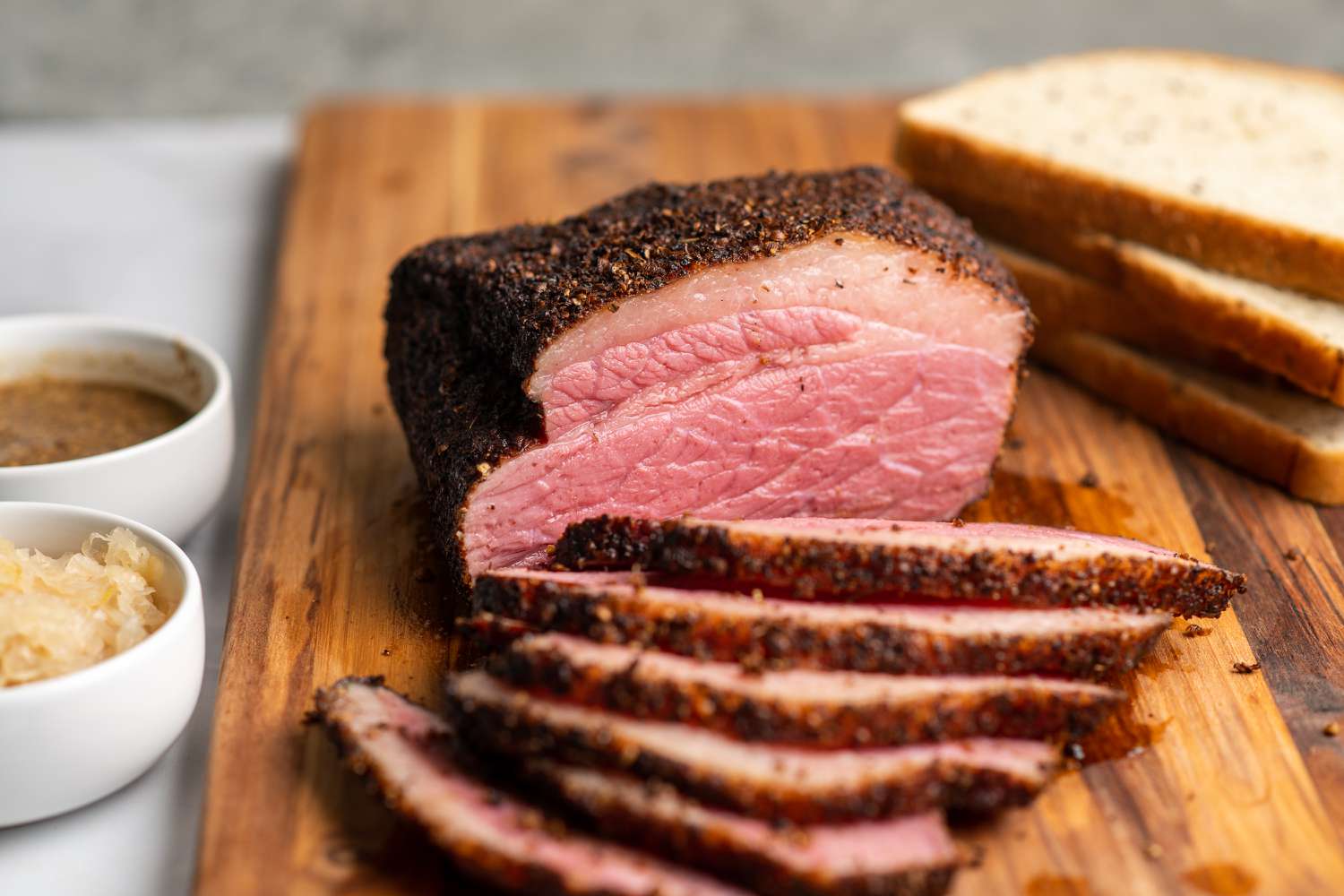
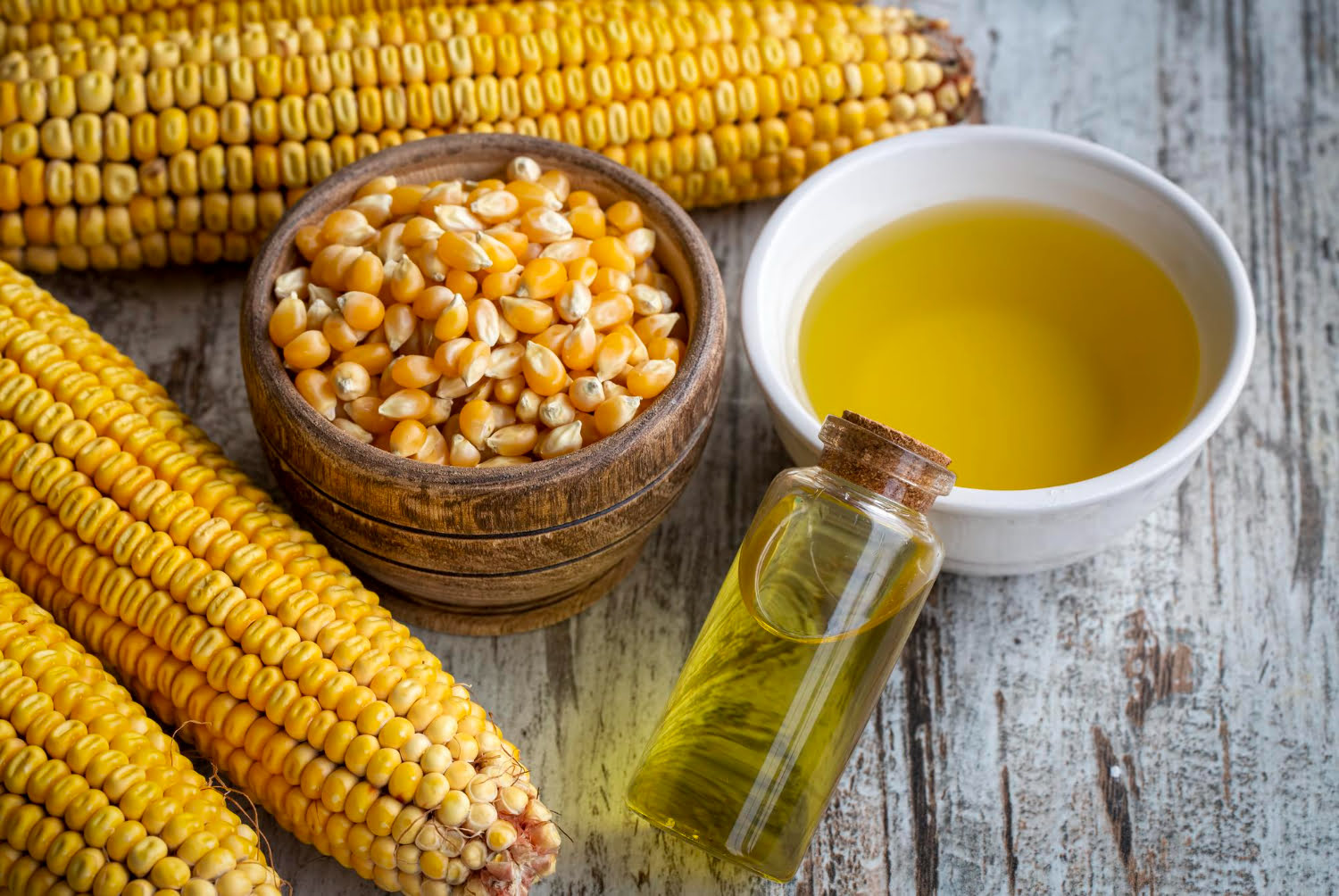
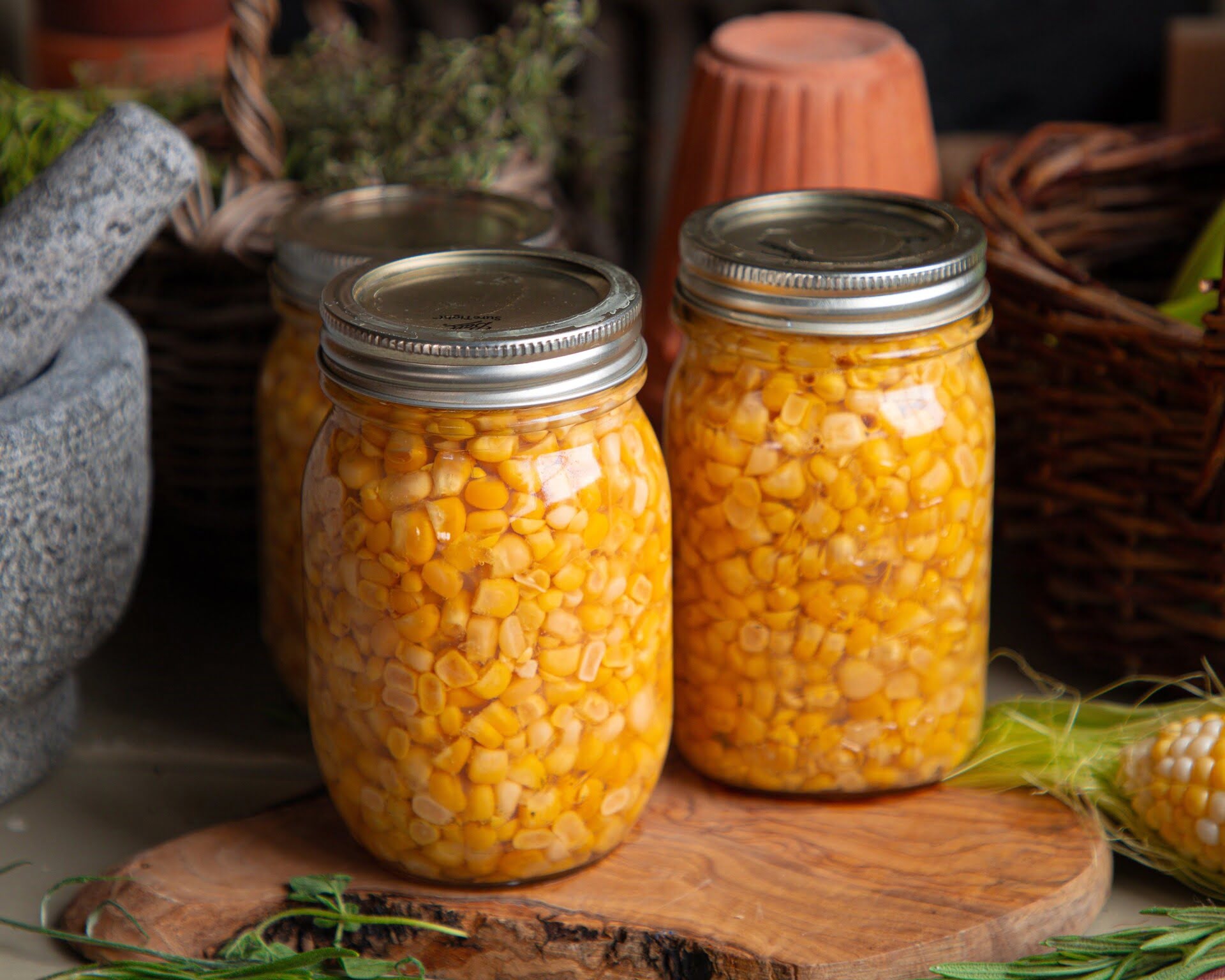
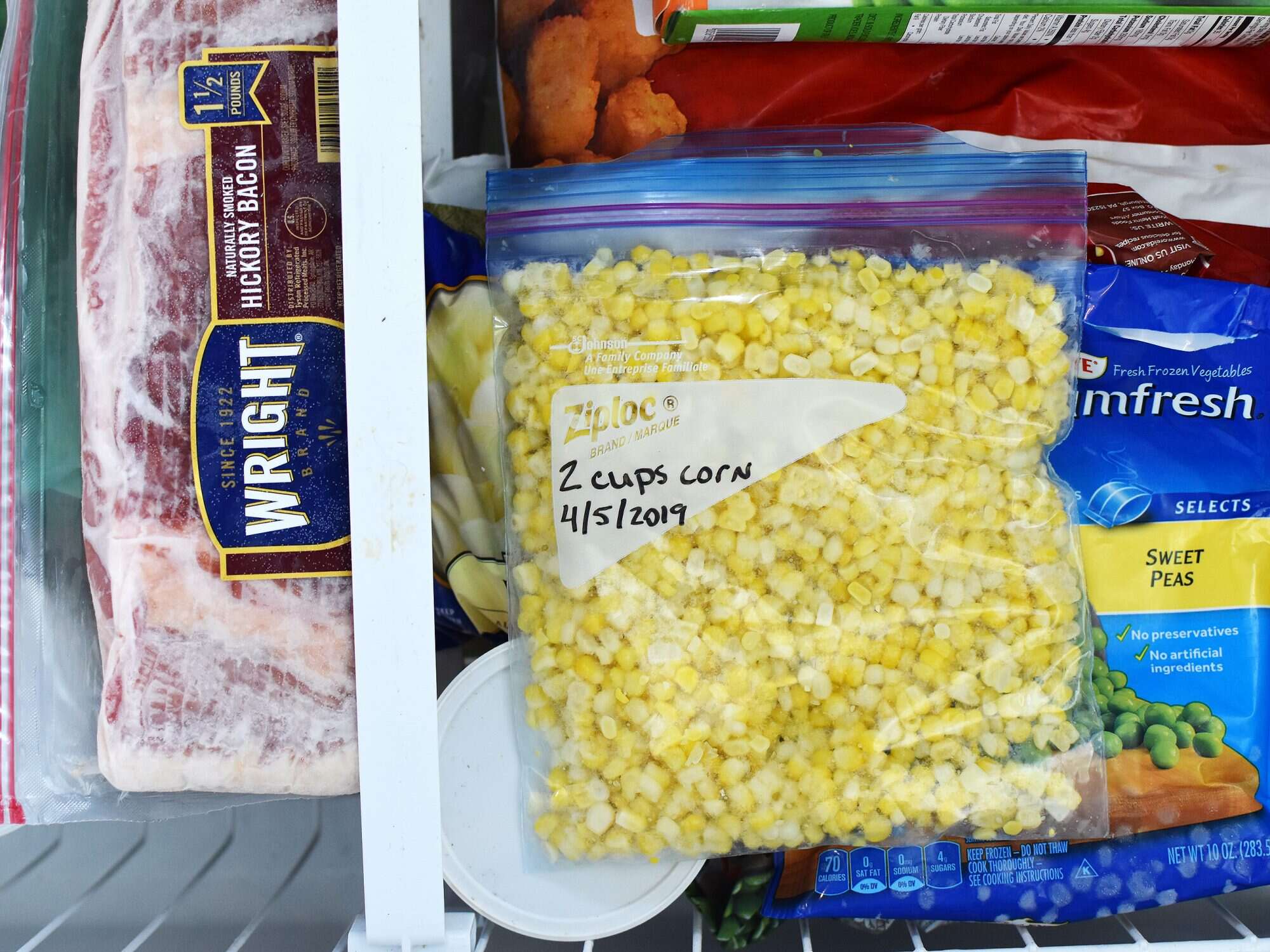

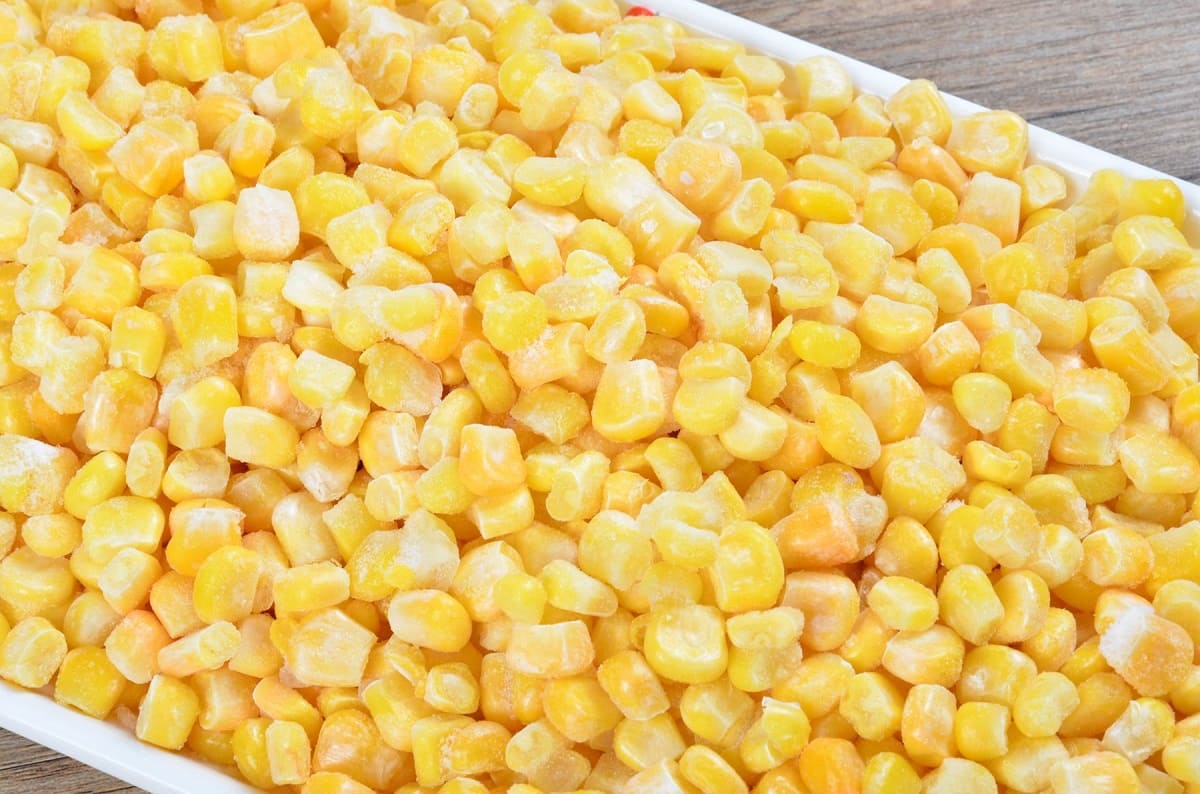
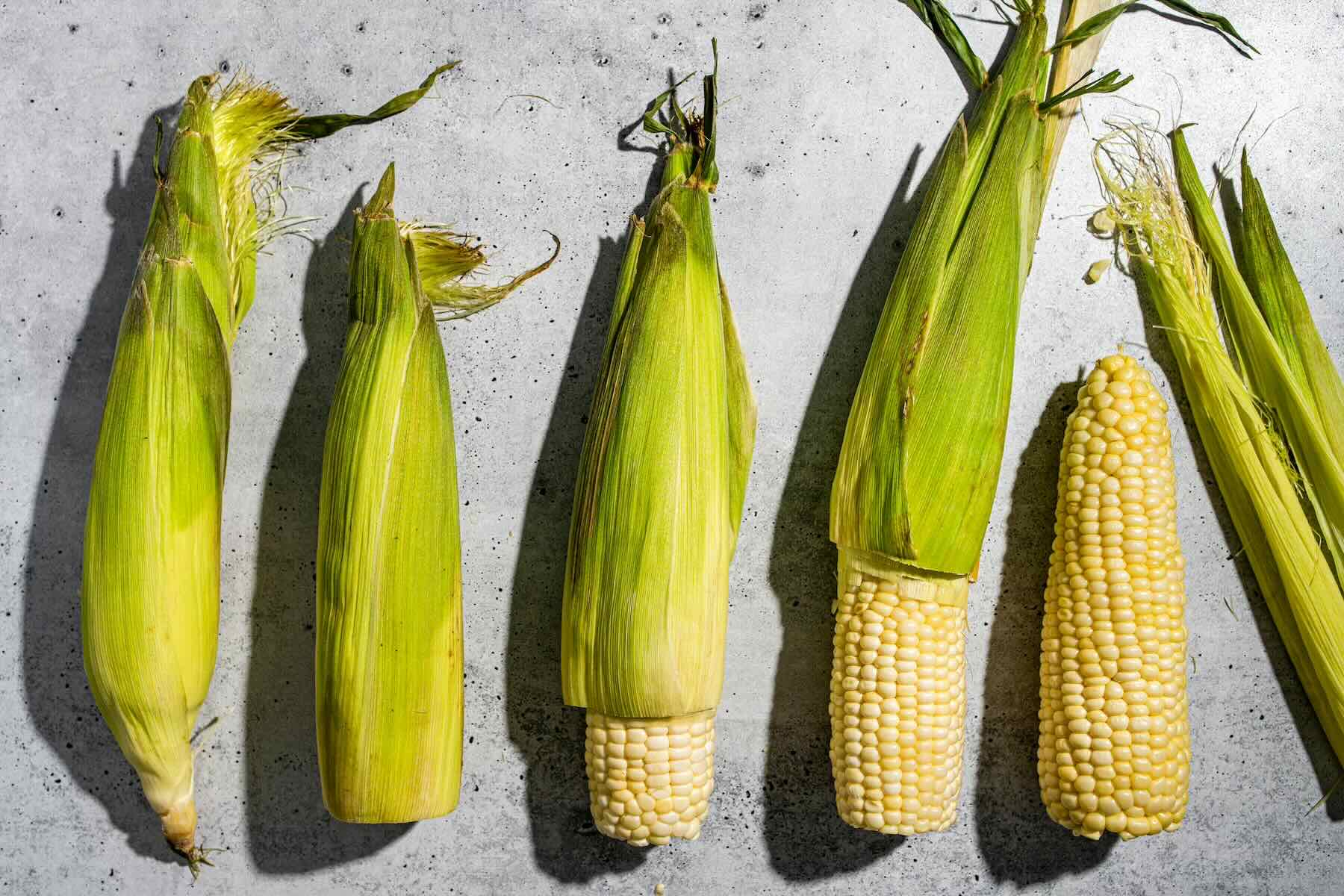
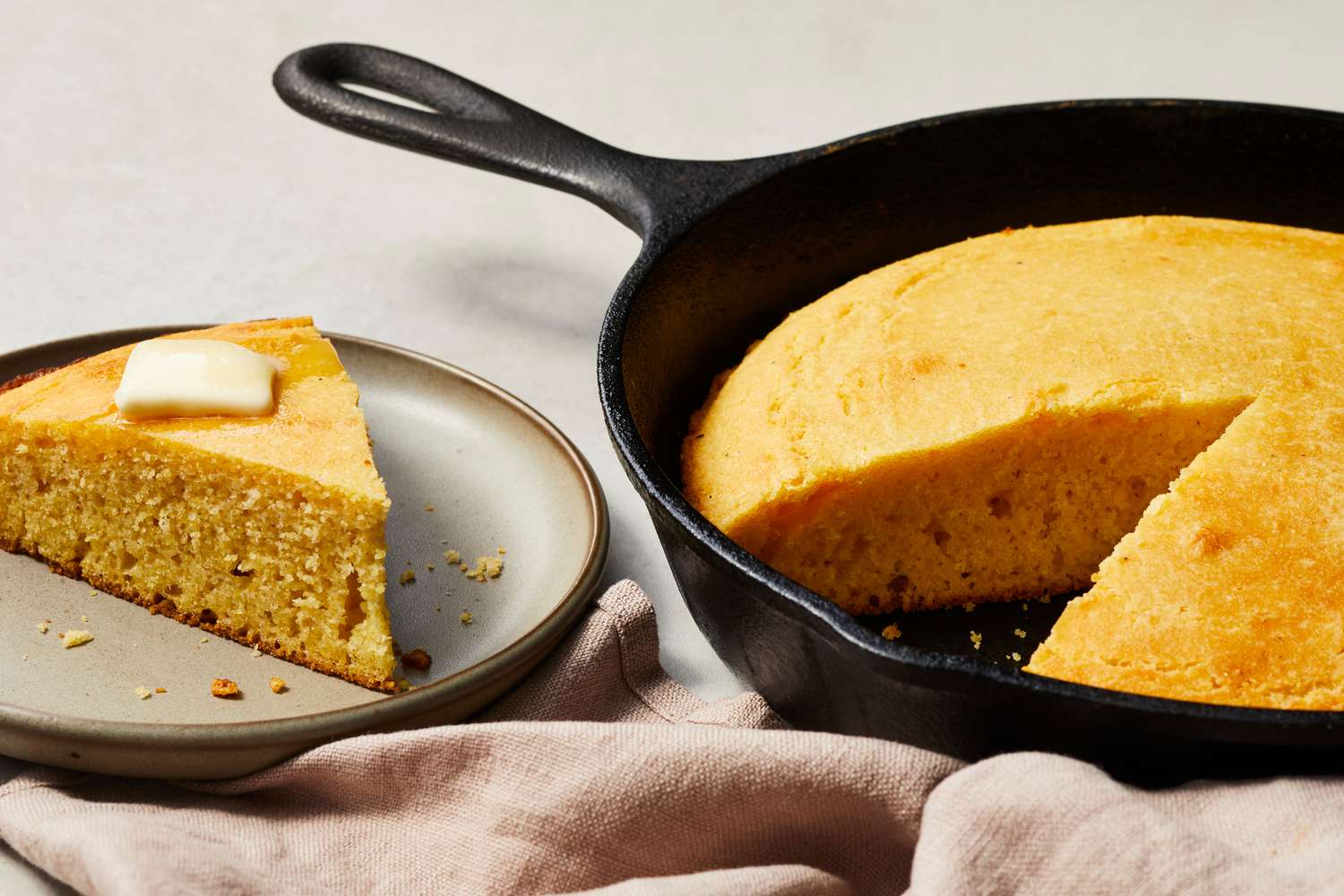

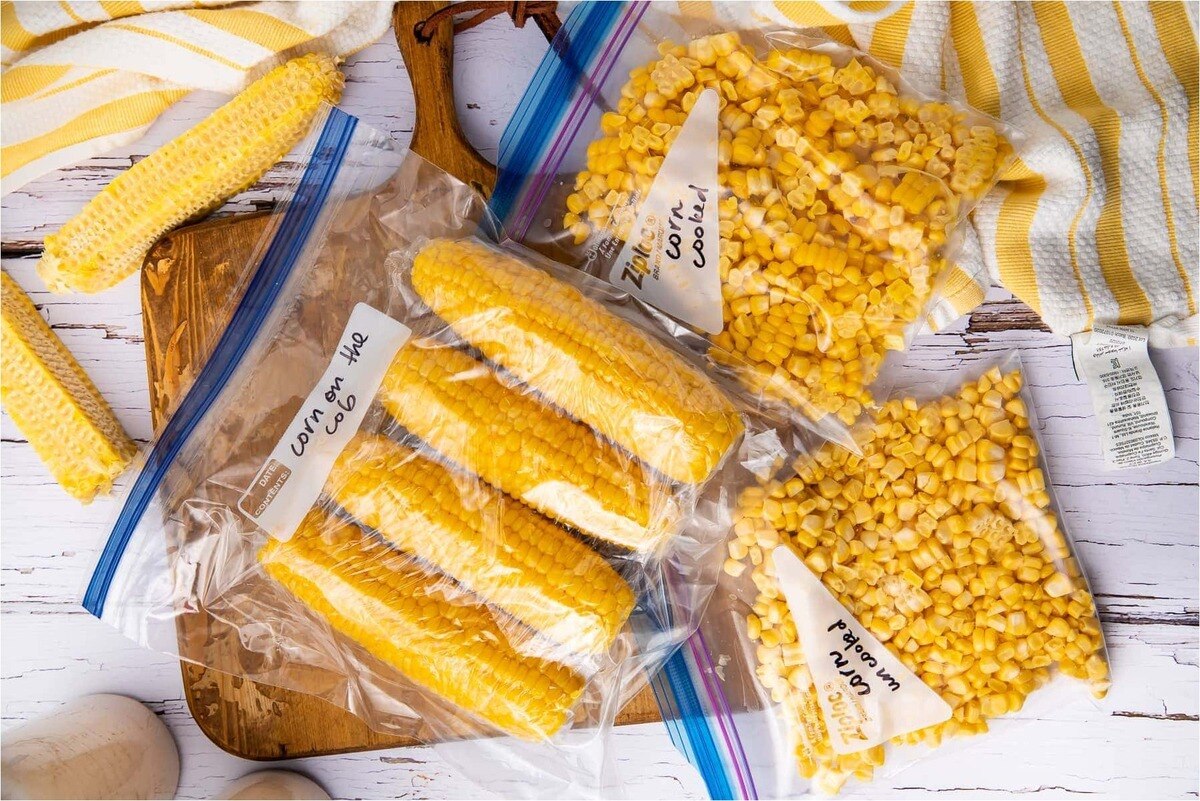
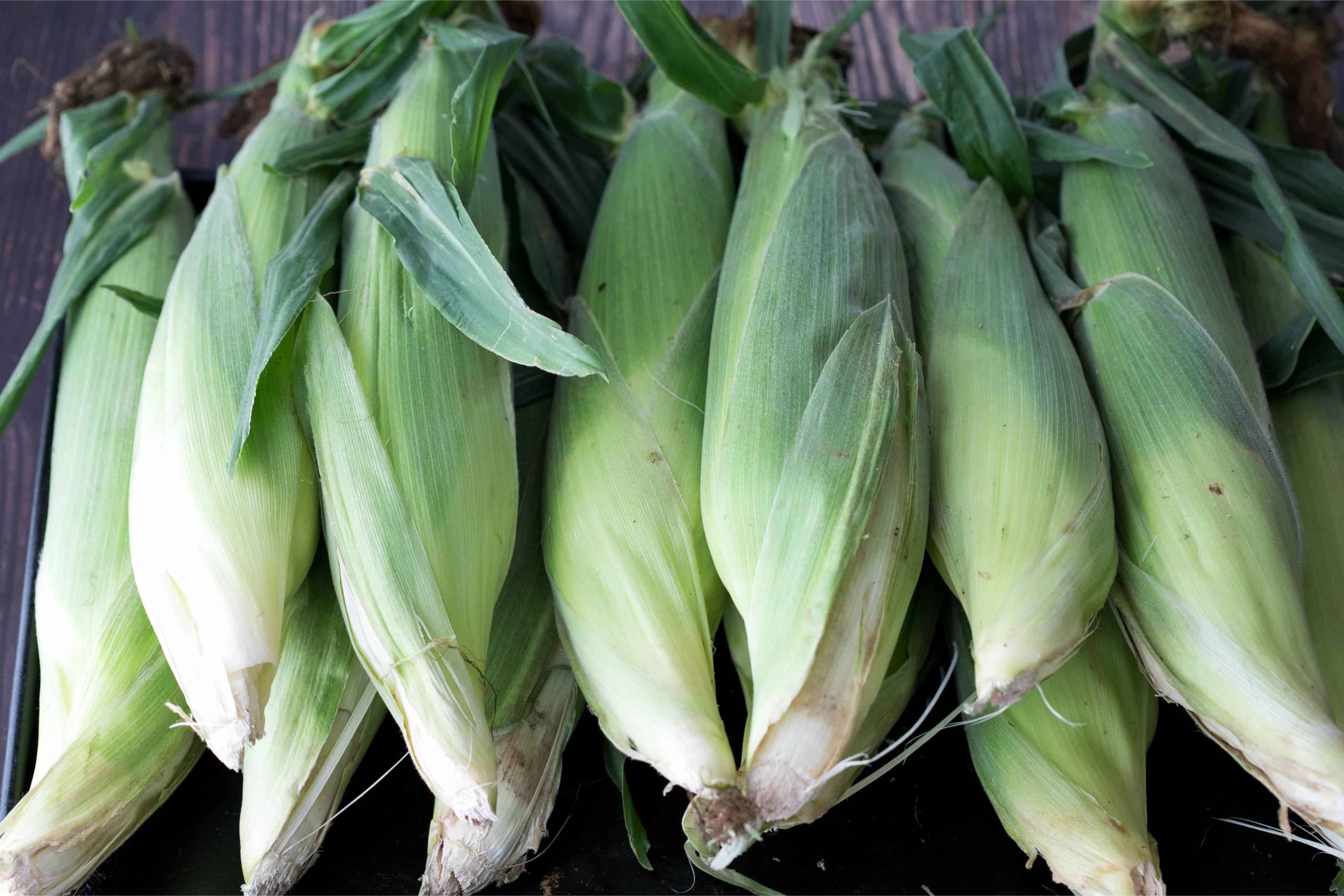

0 thoughts on “How To Store Corn After Harvest”